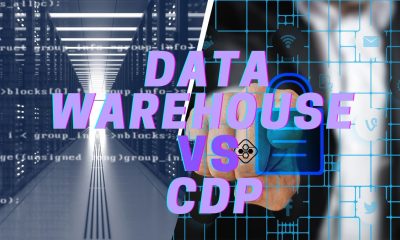Key Takeaway: Discover the power of the Transformer Neural Network Model in deep learning and NLP! In this section, we’ll dive into the background of neural...


GIS Technology is truly incredible, with features that significantly improve our lives being taken for granted on a regular basis. Sometimes we need to realize that...
Few small-to-medium sized businesses have the capability of doing any full-scale data analysis in-house, which is why most of them will eventually seek out a third...
The top ten countries for machine learning engineers in 2022, along with their average salaries, were reported as follows:


Data science has emerged as a rapidly growing field fueled by the proliferation of data in our digital age. Organizations across industries leverage data to make...
Cloudinary is a well-known tool for image and video processing and management. It’s a cloud-based solution that enables users to easily upload files and rich media...
Marketing and lead generation generate large volumes of data. Leads are what businesses are always after in order to grow their customer base and build brand...


Marketing intelligence platforms pull publicly available data from multiple sources and provide organizations with a database for viewing the information. What is marketing intelligence? Marketing Intelligence is...
Solutions Architect Data Analytics Core can seem overwhelming to newcomers, especially for those who are not familiar with the subject. To do the job right, you must...
Data Automation is key to modern business efficiency! What is Data Automation? Data automation is a process of using data to make decisions. It has the...


Across the globe, big data and AI have become central factors that drive business performance. In fact, almost 98% of all businesses are investing in big...